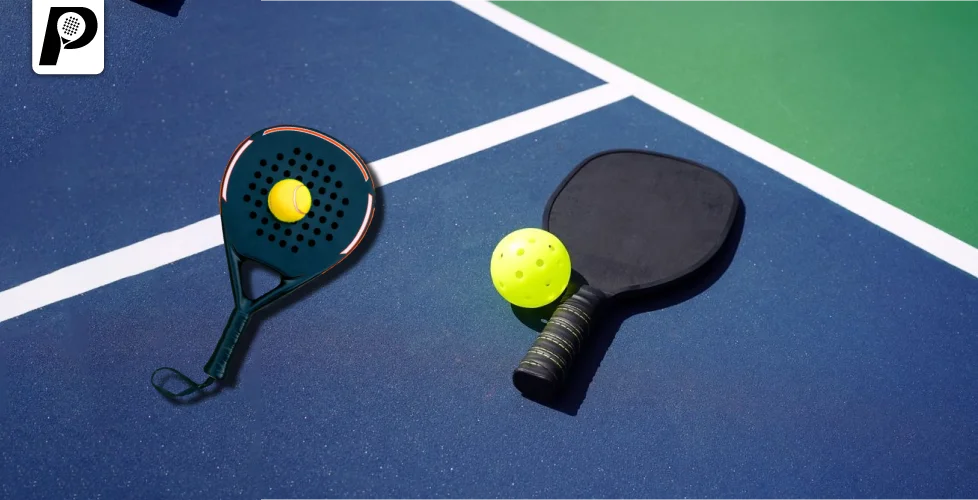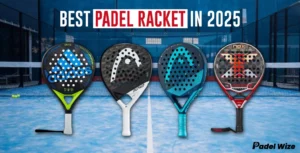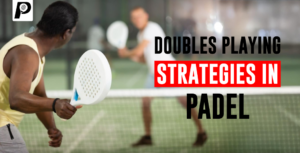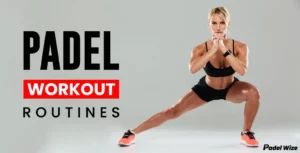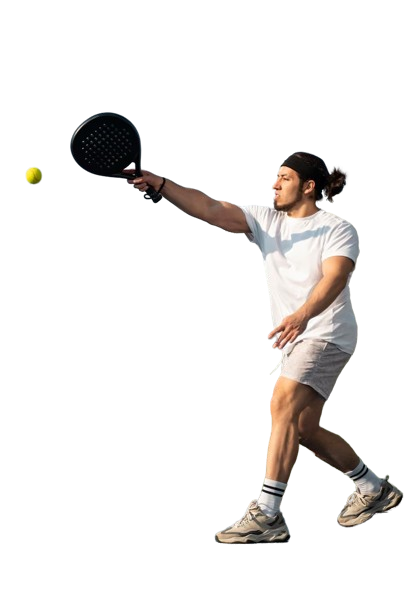Padel and Pickleball are two of the fastest-growing racket sports in the world. While they may seem similar at first glance, they have distinct differences that set them apart. This blog will delve into the key differences between Padel and Pickleball, helping enthusiasts and newcomers alike understand what makes each sport unique.
Racket sports have always been popular, but the rise of Padel and Pickleball has taken the sporting world by storm. Despite their similarities, these sports have unique characteristics that appeal to different audiences. Let’s explore the essential aspects of each sport and highlight their differences.
Related blog Mastering the Basics: A Beginner’s Guide to Padel Game
Origins and Popularity
Padel: Padel originated in Mexico in the 1960s and quickly spread to Spain and other Spanish-speaking countries. It has become extremely popular in Europe and Latin America, especially in Spain, where it is one of the most played sports. Padel is known for its fast-paced and social nature, often played in doubles.
Pickleball: Pickleball was invented in the United States in the mid-1960s. It started as a backyard game but has since grown into a widely recognized sport in North America, especially among older adults. Pickleball combines elements of tennis, badminton, and table tennis, making it accessible and easy to learn for players of all skill levels.
What is Padel?
Padel is a racket sport typically played in doubles on an enclosed court. It combines elements of tennis and squash and is especially popular in Spain and Latin America. The sport is played with a solid paddle and a depressurized tennis ball.
Related blog Gear Up for Success: A Guide to Padel Equipment

Key Characteristics of Padel
Padel is a dynamic and fast-paced racquet sport that combines elements of tennis and squash. Played on an enclosed court with walls, it emphasizes teamwork, strategic shot placement, and quick reflexes, making it a popular and engaging game worldwide.
- Court Size: 20m x 10m
- Enclosed Court: Walls are part of the play
- Racket: Solid paddle with no strings
- Ball: Similar to a tennis ball but with less pressure
- Scoring: Similar to tennis
Related blog What is Padel? Exploring the Equipment, Rules, and Strategies
What is Pickleball?
Pickleball is a paddleball sport that combines elements of badminton, tennis, and table tennis. It can be played as singles or doubles on a badminton-sized court with a modified tennis net. The sport is particularly popular in the United States.

Key Characteristics of Pickleball
Pickleball is a rapidly growing sport that blends elements of tennis, badminton, and table tennis. Known for its accessibility and strategic gameplay, it offers a fun and engaging experience for players of all ages and skill levels.
- Court Size: 13.41m x 6.1m
- Open Court: No walls involved
- Racket: Solid paddle with no strings
- Ball: Plastic ball with holes (similar to a wiffle ball)
- Scoring: Points can only be scored by the serving team
Padel vs. Pickleball
Padel and pickleball are two increasingly popular racquet sports that, while sharing some similarities, offer unique playing experiences. Understanding the key differences between padel and pickleball can help you decide which sport is best suited to your interests and abilities.
| Feature | Padel | Pickleball |
|---|---|---|
| Court Size | 20m x 10m | 13.41m x 6.1m |
| Court Type | Enclosed with walls | Open, no walls |
| Racket | Solid paddle, no strings | Solid paddle, no strings |
| Ball | Depressurized tennis ball | Plastic ball with holes |
| Scoring System | Similar to tennis | Points scored only by serving team |
| Popular Regions | Spain, Latin America | United States, Canada |
Detailed Differences between Padel and Pickleball
To better understand how padel and pickleball diverge, let’s delve into the specifics of their courts, equipment, rules, gameplay, and physical demands. This detailed comparison highlights the unique attributes and nuances of each sport.
Court and Play Area
The court and play area are fundamental to understanding the differences between padel and pickleball. Each sport features distinct court dimensions and unique playing environments that significantly influence gameplay and strategy.
Padel:
- Enclosed by glass walls and a metal fence.
- Walls are part of the game, allowing for strategic play and rebounds.
Pickleball:
- Played on an open court similar to a badminton court.
- No walls involved, focusing on precise shots and positioning.
Equipment
Both padel and pickleball require specialized equipment that significantly influences the gameplay. While padel uses solid, perforated rackets and tennis-like balls, pickleball features lightweight paddles and plastic balls with holes, each designed to suit the unique demands of their respective sports.
Padel:
- Uses a solid, perforated paddle.
- The ball is similar to a tennis ball but less pressurized, allowing for a slower pace and longer rallies.
Pickleball:
- Uses a solid paddle, typically made of wood or composite materials.
- The ball is a lightweight plastic ball with holes, which affects its flight and bounce.
Scoring and Gameplay
Understanding the scoring and gameplay mechanics is crucial for appreciating the unique dynamics of padel and pickleball. While both sports involve strategic play and teamwork, their rules and styles of play create distinctly different experiences on the court.
Padel:
- Scoring is akin to tennis with sets and games.
- Serve must be underhand and bounce in the service box diagonally opposite.
Pickleball:
- Points are scored only by the serving team.
- Games are typically played to 11 points, win by 2.
- Serve must be underhand and below the waist.
Related blog Padel vs. Tennis: Key Differences and Similarities
Pros and Cons
When deciding between padel and pickleball, it’s essential to weigh the pros and cons of each sport. Understanding the benefits and challenges can help you choose the game that best fits your preferences and lifestyle.
Pros & Cons of Padel
Padel, a popular racquet sport combining elements of tennis and squash, offers a unique and exciting playing experience. In this blog, we’ll delve into the pros and cons of padel to help you understand its benefits and potential drawbacks.
Pros:
- Dynamic gameplay with walls adding a strategic element.
- Easier for beginners to pick up compared to tennis.
- Less impact on joints compared to some other racket sports.
Cons:
- Requires a specific type of court with walls, which can be less accessible.
- Equipment can be more specialized and costly.
Pros & Cons Of Pickleball
Pickleball, a fast-growing sport that blends elements of tennis, badminton, and table tennis, has gained popularity for its accessibility and social appeal. However, like any sport, it comes with its own set of advantages and disadvantages that players should consider.
Pros:
- Easy to learn and suitable for all ages.
- Can be played on various surfaces, including adapted tennis courts.
- Equipment is generally affordable and widely available.
Cons:
- The plastic ball can be affected by wind during outdoor play.
- The smaller court size may limit appeal to some players used to larger courts.
Related blog Padel Tennis vs Pickleball: Equipment, Rules, and Play Styles
Conclusion
While Padel and Pickleball share some similarities, they are distinct sports with unique appeals. Padel offers a fast-paced, strategic game with the added element of walls, while Pickleball is accessible and easy to learn, making it perfect for players of all ages and skill levels. Whether you prefer the enclosed, dynamic play of Padel or the straightforward, community-friendly nature of Pickleball, both sports provide excellent ways to stay active and have fun.

